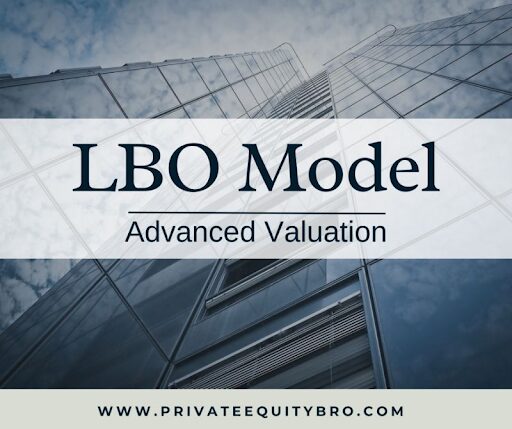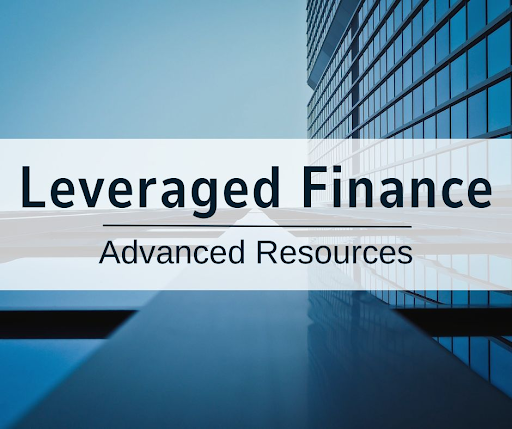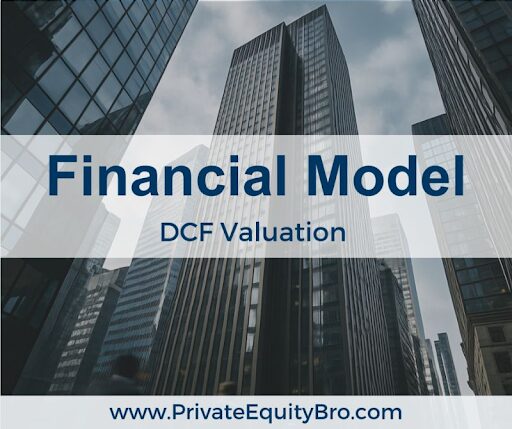In today’s fast-paced financial landscape, both structured finance and private equity play pivotal roles in fueling global economic growth. While they operate differently, these two financial mechanisms often intersect, creating opportunities for businesses, investors, and institutions to maximize returns while mitigating risks. This article explores the fundamentals of structured finance and private equity, how they complement one another, and their growing importance in capital markets.
What Is Structured Finance?
Structured finance refers to a complex form of financing where traditional lending methods are replaced with more sophisticated instruments to manage risk and increase capital availability. It is widely used by corporations, governments, and financial institutions to raise large sums of capital, restructure existing obligations, or securitize illiquid assets.
At its core, structured finance is designed to redistribute risk among multiple stakeholders. Unlike conventional loans, structured finance transactions often involve pooling various financial assets—such as loans, mortgages, or receivables—and then slicing them into tranches that cater to investors with different risk appetites.
Key Components of Structured Finance:
- Securitization – The process of pooling assets (like mortgages or auto loans) and issuing securities backed by these assets. Mortgage-Backed Securities (MBS) and Asset-Backed Securities (ABS) are common examples.
- Collateralized Debt Obligations (CDOs) – Financial products backed by a pool of loans or bonds, divided into tranches with varying levels of risk and return.
- Credit Derivatives – Instruments such as credit default swaps (CDS) that allow investors to transfer or hedge credit risk.
- Project Finance – A structured financing method used to fund large infrastructure or industrial projects, where repayment is tied to project revenues.
Structured finance’s primary goal is risk management, offering tailored solutions to meet complex funding requirements.
What Is Private Equity?
Private equity (PE) refers to investment funds that buy and restructure companies that are not publicly traded. Typically organized as limited partnerships, private equity firms raise capital from institutional investors and high-net-worth individuals, which they use to invest in businesses with strong growth potential or undervalued assets.
Characteristics of Private Equity Investments:
- Illiquidity – PE investments are long-term, often locked in for 7–10 years.
- Active Management – Unlike public stockholders, private equity firms take a hands-on role in improving operations, strategy, and profitability.
- High Returns with High Risk – While returns can be substantial, they are subject to market cycles, managerial execution, and industry-specific risks.
Common Private Equity Strategies:
- Leveraged Buyouts (LBOs) – Acquiring companies primarily using borrowed money, with the target company’s assets as collateral.
- Growth Capital – Investing in mature companies looking to expand or restructure.
- Venture Capital – Funding startups or early-stage companies with high growth potential.
- Distressed Investments – Purchasing troubled companies at discounted valuations and restructuring them.
Private equity plays a crucial role in business transformation—unlocking value through strategic, financial, and operational improvements.
The Interconnection Between Structured Finance and Private Equity

Although structured finance and private equity are distinct, they frequently overlap in modern investment frameworks. Here’s how:
- Funding Private Equity Transactions
- Private equity firms often rely on structured finance tools such as collateralized loan obligations (CLOs) to raise capital for acquisitions. CLOs package leveraged loans into securities sold to investors, spreading the risk while ensuring capital access.
- Private equity firms often rely on structured finance tools such as collateralized loan obligations (CLOs) to raise capital for acquisitions. CLOs package leveraged loans into securities sold to investors, spreading the risk while ensuring capital access.
- Enhancing Returns through Leverage
- Structured finance allows private equity firms to amplify returns by leveraging debt in buyout transactions. By carefully structuring debt tranches, PE firms can finance large deals without relying solely on equity.
- Structured finance allows private equity firms to amplify returns by leveraging debt in buyout transactions. By carefully structuring debt tranches, PE firms can finance large deals without relying solely on equity.
- Risk Transfer and Diversification
- Both structured finance and private equity thrive on managing risk. While structured finance redistributes credit risk among different investor classes, private equity diversifies risk across portfolio companies, sectors, and geographies.
- Both structured finance and private equity thrive on managing risk. While structured finance redistributes credit risk among different investor classes, private equity diversifies risk across portfolio companies, sectors, and geographies.
- Exit Strategies and Refinancing
- When PE firms prepare portfolio companies for exit, structured finance mechanisms like securitization or refinancing play a role in improving liquidity and valuations.
- When PE firms prepare portfolio companies for exit, structured finance mechanisms like securitization or refinancing play a role in improving liquidity and valuations.
- Alternative Investment Opportunities
- Institutional investors increasingly allocate capital to both structured finance products (like ABS or CLOs) and private equity funds, viewing them as alternative assets that diversify traditional stock-and-bond portfolios.
Benefits of Structured Finance and Private Equity
Advantages of Structured Finance:
- Efficient Capital Allocation – Provides funding to borrowers who may not qualify under traditional lending standards.
- Risk Distribution – Transfers risks from lenders to investors with varying tolerance levels.
- Market Liquidity – Converts illiquid assets into tradable securities.
- Customization – Solutions tailored to unique financing needs, such as project financing or debt restructuring.
Advantages of Private Equity:
- Value Creation – Through operational improvements, PE firms enhance profitability and long-term sustainability.
- Strategic Growth – Provides capital for expansion, mergers, or innovation.
- Alignment of Interests – Investors, fund managers, and portfolio companies share a common goal: maximizing value.
- High Return Potential – Historical data shows private equity often outperforms public markets over long horizons.
Risks and Challenges
Despite their advantages, both structured finance and private equity carry risks.
Risks in Structured Finance:
- Complexity – Products like CDOs and credit derivatives are highly complex, sometimes opaque to investors.
- Systemic Risk – Poorly structured instruments contributed to the 2008 financial crisis.
- Liquidity Risk – Some structured securities can be difficult to sell in secondary markets.
Risks in Private Equity:
- Leverage Risk – Heavy reliance on debt in leveraged buyouts can strain companies during downturns.
- Execution Risk – Achieving operational improvements requires expertise and favorable market conditions.
- Illiquidity – Investors may wait years before realizing returns through exits like IPOs or acquisitions.
The Growing Importance of Structured Finance and Private Equity
The global financial ecosystem has increasingly embraced alternative financing and investment vehicles. Both structured finance and private equity are critical in this evolution:

- For Businesses – They provide access to much-needed capital, whether through securitization of assets or direct investment from private equity funds.
- For Investors – They offer opportunities for diversification and higher returns compared to traditional stocks and bonds.
- For Economies – They stimulate innovation, job creation, and infrastructure development by channeling capital into productive ventures.
With globalization, digitization, and financial innovation, the demand for flexible funding models will only grow, cementing the role of structured finance and private equity in future markets.
Future Trends
- ESG Integration – Both private equity firms and structured finance products are increasingly embedding Environmental, Social, and Governance (ESG) factors into decision-making processes.
- Technology and AI – Data-driven insights and artificial intelligence are revolutionizing risk assessment, deal sourcing, and portfolio management.
- Alternative Lending Platforms – Digital platforms are democratizing access to structured finance and private equity for smaller investors.
- Global Expansion – Emerging markets in Asia, Africa, and Latin America are becoming hotspots for private equity investments and structured finance deals.
Conclusion
Structured finance and private equity may operate on different principles, but together they drive innovation, capital efficiency, and growth in the global economy. Structured finance provides the architecture for risk redistribution and liquidity creation, while private equity channels long-term capital into businesses seeking transformation and expansion.
For investors, understanding the interplay between these two powerful mechanisms opens doors to diversified portfolios, enhanced returns, and strategic capital deployment. For businesses, they offer not only funding but also the expertise and tools needed to thrive in an increasingly competitive market.
As the financial world evolves, the integration of structured finance and private equity will continue to shape the future of global investment strategies.






























